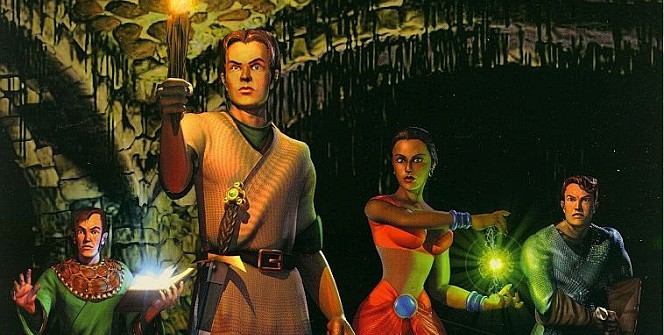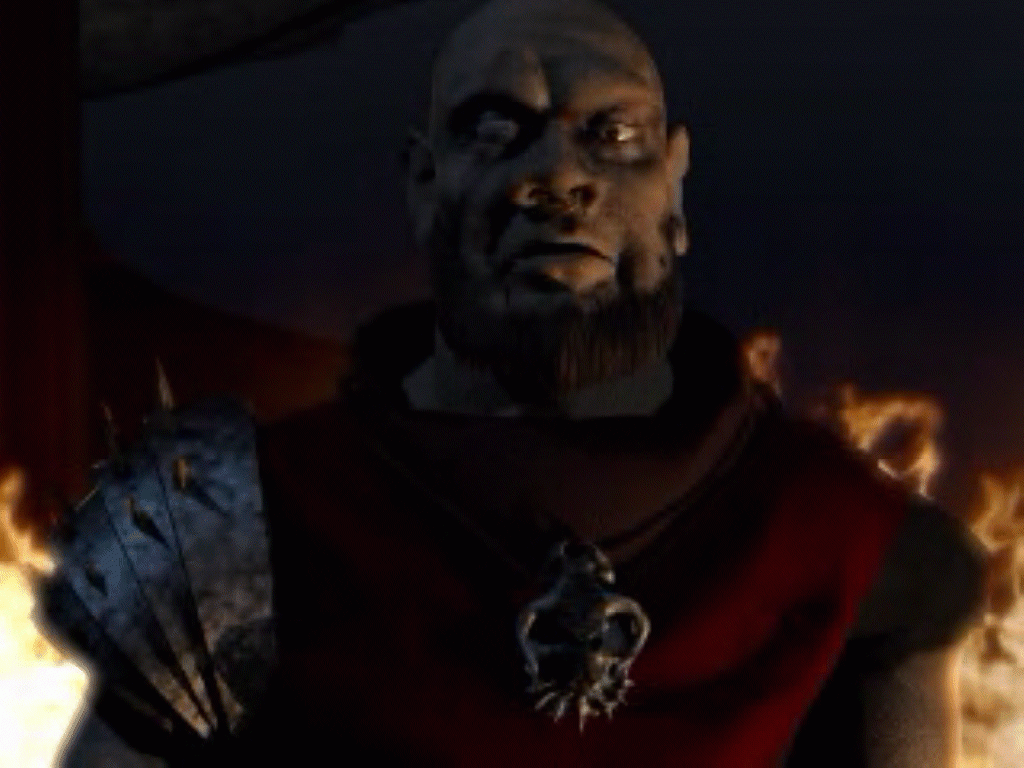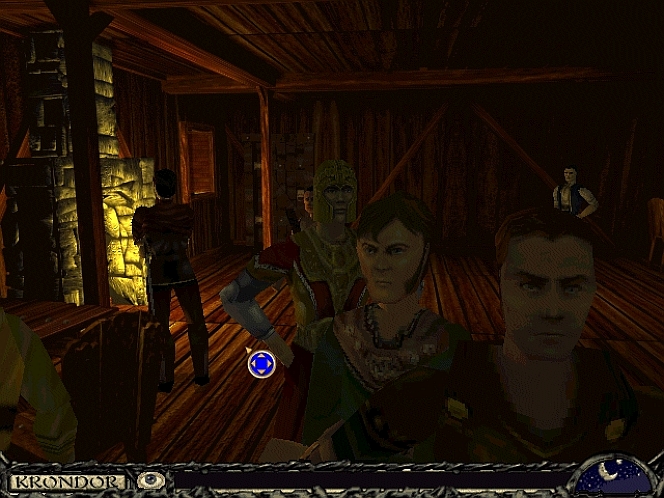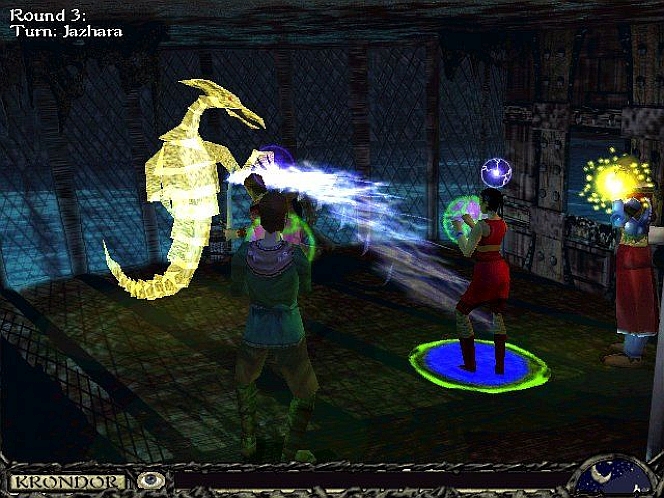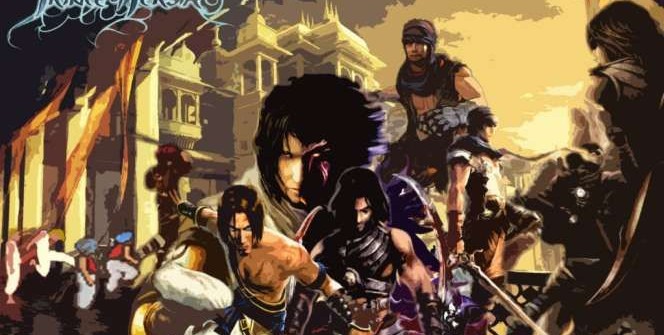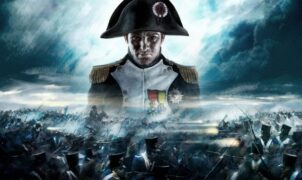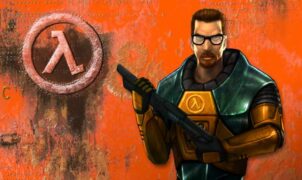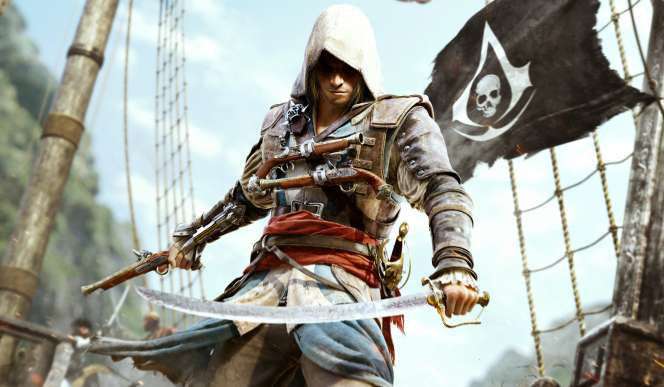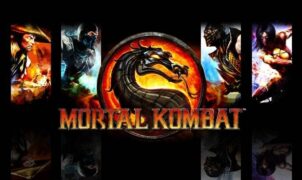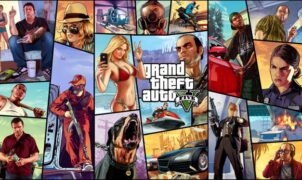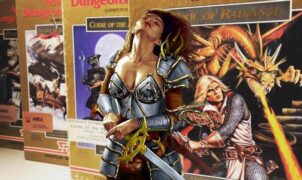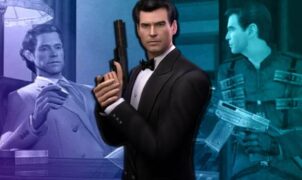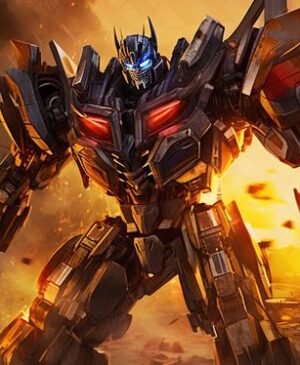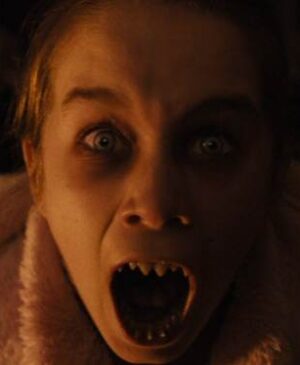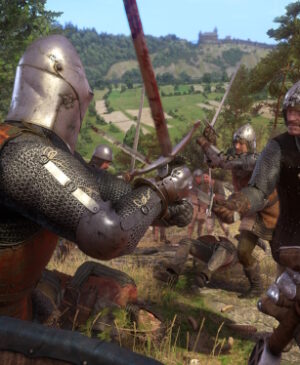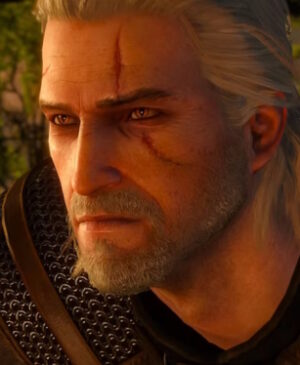RETRO – Many years ago we stepped into the world of Midkemia based on the works of Raymond E. Feist. Feist also helped in the creation of Betrayal at Krondor. In the game, we control the heroes that we got to know from the books; we saved the kingdom from a traitor mage, and from the Tsurani Empire. After a long delay, we finally return to Krondor, with one of the main characters of Betrayal, Squire James, and with a bunch of new characters. Their task is to find the holy relics of the Ishapi Order and to reclaim the Tear of The Gods.
Betrayal at Kondor was one of the most fun, and well-designed RPG of all time: It satisfied those who wanted some classic fantasy stories and the role-playing enthusiasts. Even though Sierra did not plan for a sequel, by the time they “woke up” Feist already had a contract for the sequel with the company 7th Level. Sierra decided that even without Feist they’ll create a sequel. As the engine was still Sierra’s property, they just needed to create a new world, with new characters.
That is how Betrayal in Antara came to be, and the developers tried their best to use the original gameplay, copy Feist’s style, and characters. The result was actually unsurprisingly mediocre. Meanwhile 7th Level went bankrupt, and the rights were rebought by Sierra. After the rights purchase, we only had to wait one and a half year for a true sequel from Sierra.
Hunt for the Tears of Gods
The story takes place a few years after the previous entry. In the prologue, Bear the deadly pirate attacks the Ishapi priest’s ship, to get the Tear of Gods. Once all of the priests were slain, due to a mishap the ship sunk, before they were able to get the Relic. Of course, Bear does not give up, and begins a mad search, and slaughters anyone who is in his path. Which leads him to Krondor. The game’s chapters slowly reveal the motivations of Bear, who is he actually, and why is the Ishapi order silent about the importance of the relics.
The game’s engine is brand new: we do not see the world from the perspective of our heroes, but now we control them from the third person just like in Alone in the Dark. The entire game world has become bigger and smaller at the same time. In Betrayal we can discover Midkemia, but we’ll only get a generic view of the buildings. In the sequel this is switched around: We can get to know the tiniest knocks and crannies of Krondor and its surrounding villages. We can even go into buildings, although when travelling with our party we can only see these buildings on the main map.
Classic RPG rules… rulez
Of course, every RPGs important part is how the character sheet works in the system – Krondor is not an exception to this. Our characters have five primary attributes, and these have links to certain professions: For a Mage different spells are available, for the fighter the hand to hand combat is a unique skill – and these individual skills can be developed when levelling up. Since the characters are pre-set in the game, we do not get to set their initial expertise and abilities like in any other RPG game. However, we can determine how they should level up.
We can set only two types of items for our character: Weapons and armours, and that pretty much clears the usual “dress your hero” part of the game. Once we use a weapon or wear a new armour, it will show up on our character also in the game world. During our adventures, the items that we get can only be used once we have identified the item’s worth. At first, this is not easy, but later as our party gets smarter, the identification will be easier. If we are in a safe place we can let our mages conjure potions, and a bunch of other spells – but only if we have the required items and parts.
Ye’ old school RPG’s turn based system
Combat is turn-based as it was in the previous game – luckily for the RPG enthusiasts. Thanks to the multiple camera angles, and to the spells, the combat becomes amazing: We can view from four different angles as Jazhara uses his fire magic to burn down the enemy. We can use forty spells from four various types of spells (Fire, Mystic, Changing? Storm) – most of these are attack spells. Solon the priest can use twenty spells from the God and Life spell types; these were particularly effective against undead.
I have been waiting for Return to Krondor for a long time. For me Betrayal is still one of the best PC RPGs – the atmosphere, the storytelling is still one of the best since its release. What I enjoyed the most is the atmosphere, which was heightened by the use of the Voice Of Arts’s beautiful Gregorian music. It was also especially great to finally get to control my favourite characters from Feist’s books and embark on a quest through the streets, and dungeons of the world.
The most amazing part is how the battles are made: our fighters swing realistically with their sword or dodge the enemy attack. The magic effects are so beautiful that there were times that while I was winning, I still decided to use more spells since I wanted to see more of those well-done effects.
Can’t be more classic than that
On the other hand, I was also impressed as an RPG enthusiast: the developers used all of the traditional RPG elements of the game (character progression, magical weapons, mage classes, etc. really ), and used such great new ideas as the mixture of potions which allow us to use when resting. These can be created with the proper recipe and bowls.
The usage of less is more mentality was also a great breath of fresh air, as I did not need to fight millions of times just to reach an important battle – in Return to Krondor almost every battle is linked to the main story. Which ends up being a bad thing as the game ends short – if Betrayal was an epic novel, then Return is a short story (can be finished in a week). The other big problem is the graphics engine, as sometimes I got stuck in objects because I did not see them, the camera viewpoints did not help. So, in the end, the only fix for this is a quick reload.
Regardless Krondor is one of the best RPGs, behind Betrayal of course. Let us just hope that we do not have to wait for the sequel so much. Krondor and its demanding fans! The time is nigh, gather your weapons, spells, and be prepared for long nights in the realm of Midkemia!
-BadSector- (1998)
Pro:
+ Excellent story, on par with the Raymond E. Feist books
+ Epic, orchrestal soundtrack!
+ Classic RPG elements
Against:
– Camera view problems
– Incredibly short for an RPG
– The user interface isn’t the best
Publisher: Sierra On-Line, Inc.
Developer: PyroTechnix, Inc.
Genres: RPG
Publication: 1998
Return to Krondor
Gameplay - 8.1
Graphics (1998) - 8.4
Story - 8.8
Music/audio - 9.1
Ambiance - 8.8
8.6
EXCELLENT
Krondor is one of the best RPGs, behind Betrayal of course. Let us just hope that we do not have to wait for the sequel so much. Krondor and its demanding fans! The time is nigh, gather your weapons, spells, and be prepared for long nights in the realm of Midkemia!

